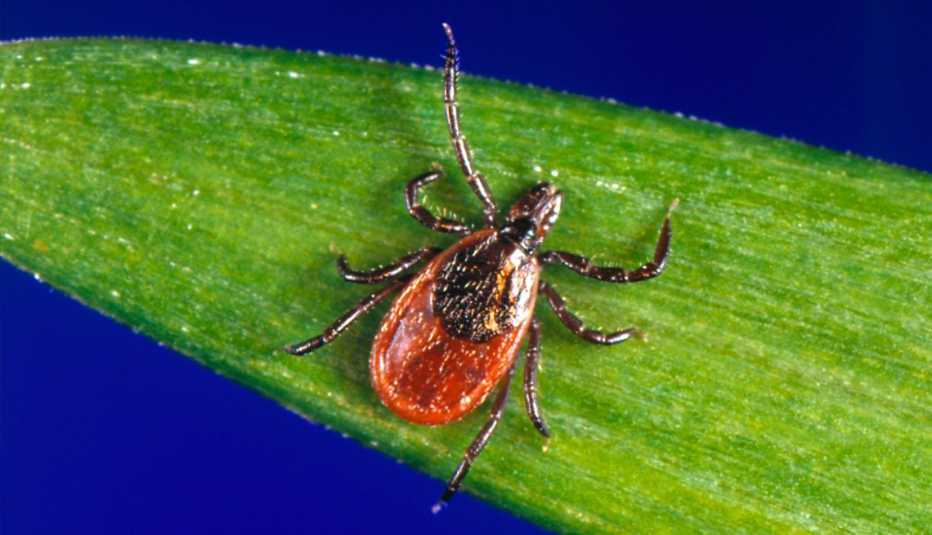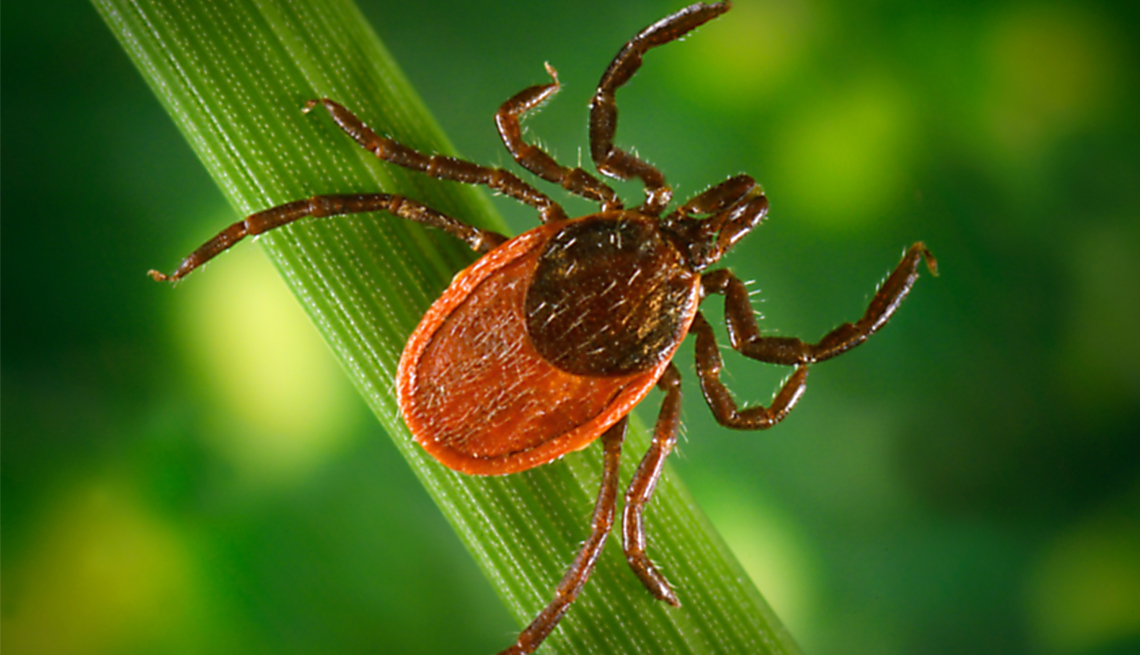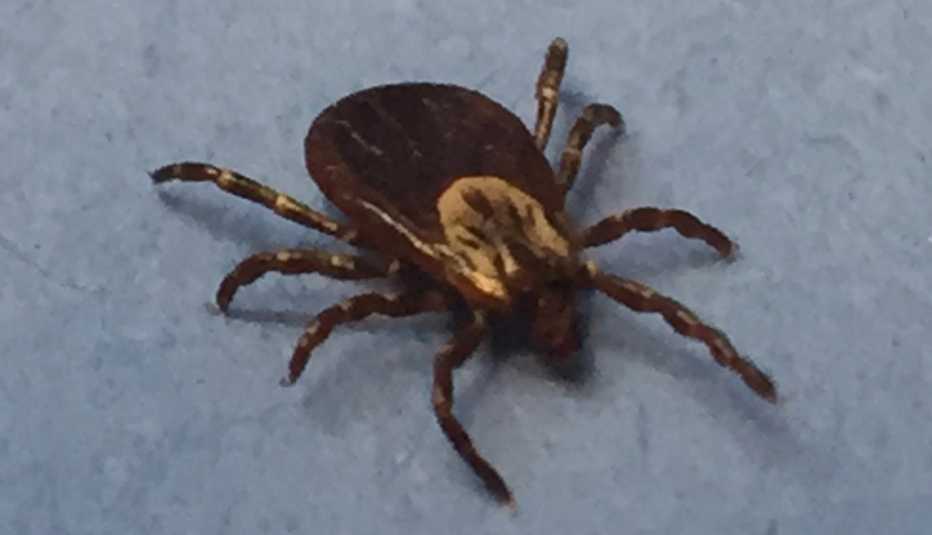AARP Hearing Center
It’s that time of year to put a bug in your ear about a warm-weather pest that can foil the fun. Tick season is in full swing, and avoiding the bloodsuckers and their bites is getting increasingly difficult.
That’s because the tick population is booming in many areas of the country due to a number of factors, including land development, patterns in the movement of their prey and, some experts say, climate change. As a result, tickborne diseases are also on the rise. The number of reported cases grew from 50,863 in 2019 to 71,346 in 2022, according to federal data, and cases continue to swell.
Here are five things you need to know about ticks, plus tips to stay safe this summer.
1. Not just Lyme: Ticks transmit other serious diseases.
Ticks are often associated with Lyme disease, which is the most common type of a bacterial infection transmitted by the tiny spider-like creatures. But they can pass on a number of other diseases as well, some of which can be lethal.
A Vaccine for Lyme Disease?
The U.S. did have a vaccine available for Lyme disease, but that is no longer the case. The manufacturer discontinued the shot in 2002, claiming insufficient consumer demand. Clinical trials for new Lyme disease vaccines are underway. Read more about the vaccine's progress on AARP.
For example, the same tick that spreads Lyme (the black-legged tick, or deer tick) also transmits babesia, a parasite that causes a malaria-like illness (babesiosis) that can range from asymptomatic to life-threatening, according to the Centers for Disease Control and Prevention (CDC). “And there’s been an observable uptake in babesia,” says Douglas Norris, a professor in the department of molecular microbiology and immunology at Johns Hopkins Bloomberg School of Public Health.
The black-legged tick also carries a bacteria called anaplasmosis that can cause flulike illness, “and we’ve seen an increase in those cases,” Norris adds.
Rocky Mountain spotted fever is another tickborne disease that pops up in the Eastern, Central and Western United States and has become more common in certain areas of Arizona over the past several years, the CDC notes. And tickborne viruses like Powassan virus — which can inflict long-term neurological complications — are increasing, too, although Powassan is still relatively rare. According to the National Institutes of Health, only 20 cases of Powassan infection were reported in the U.S. before 2006; a total of 49 cases were reported in 2023, the CDC says.
2. Some of these diseases are hard to diagnose.
Most cases of Lyme disease produce a surefire sign of infection: a bull’s-eye rash. Other tickborne illnesses, however, can be harder to diagnose — especially if you never saw the tick — because they tend to bring on a series of “very familiar” flulike symptoms that can easily be confused with other diseases, Norris says.
If you develop fever, chills, aches and pains and recently spent a lot of time outside, ask your doctor about whether your symptoms may be due to a tick bite. Some bites will trigger a mild rash, which could be a clue that your symptoms stem from a tick.
The majority of tickborne diseases are caused by bacteria and can be treated with antibiotics. If you know you were bitten by a tick and develop flulike symptoms within a few weeks of your bite, tell your doctor when the bite occurred and, if you can, the type of tick that bit you, since different tickborne diseases are treated with different medicines.
3. Most people don’t know what tick bit them.
To that point, most people aren’t able to distinguish between different types of ticks.


“People think of ticks in a generic way,” says Thomas Mather, a tick expert and director of the University of Rhode Island’s Center for Vector-Borne Diseases. But it’s important to know that different ticks transmit different germs. “So you need to really be able to distinguish between the types of ticks, to know what type of germ you might get.”







































































